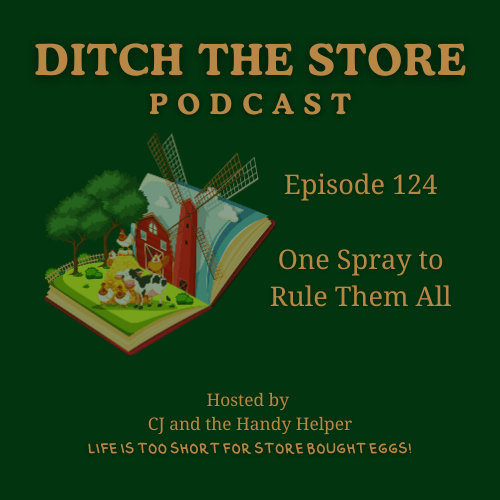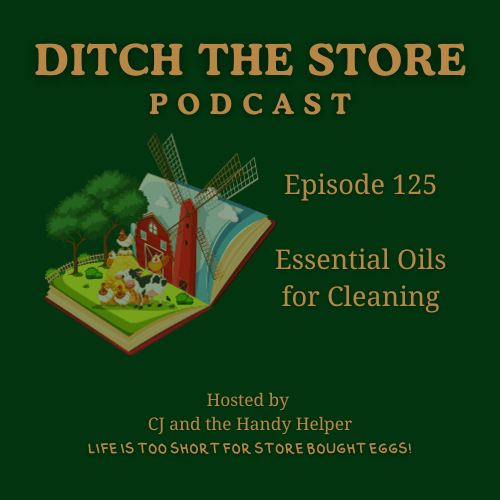
Barbers Pole Worm
Basics of Goat Health
Healthy goats show clear signs you can spot daily. They move with energy, eat eagerly, and show interest in their surroundings. Make these observations part of your morning routine.
Watch how your goats interact with their herd. A goat that stays apart or moves slowly might be fighting an illness. Catching these subtle changes early can make the difference between simple treatment and a crisis.
Learn to check body condition by feeling along their spine and ribs. You should feel ribs with slight pressure but not see them. Too thin suggests health problems, while too fat can cause birthing difficulties.
Keep basic supplies ready: a digital thermometer, hoof trimmers, and wound care items. Normal goat temperature ranges from 38.6 - 39.7 C (101.5-103.5°F).
Numbers outside this range mean something's wrong and you need to act quickly.
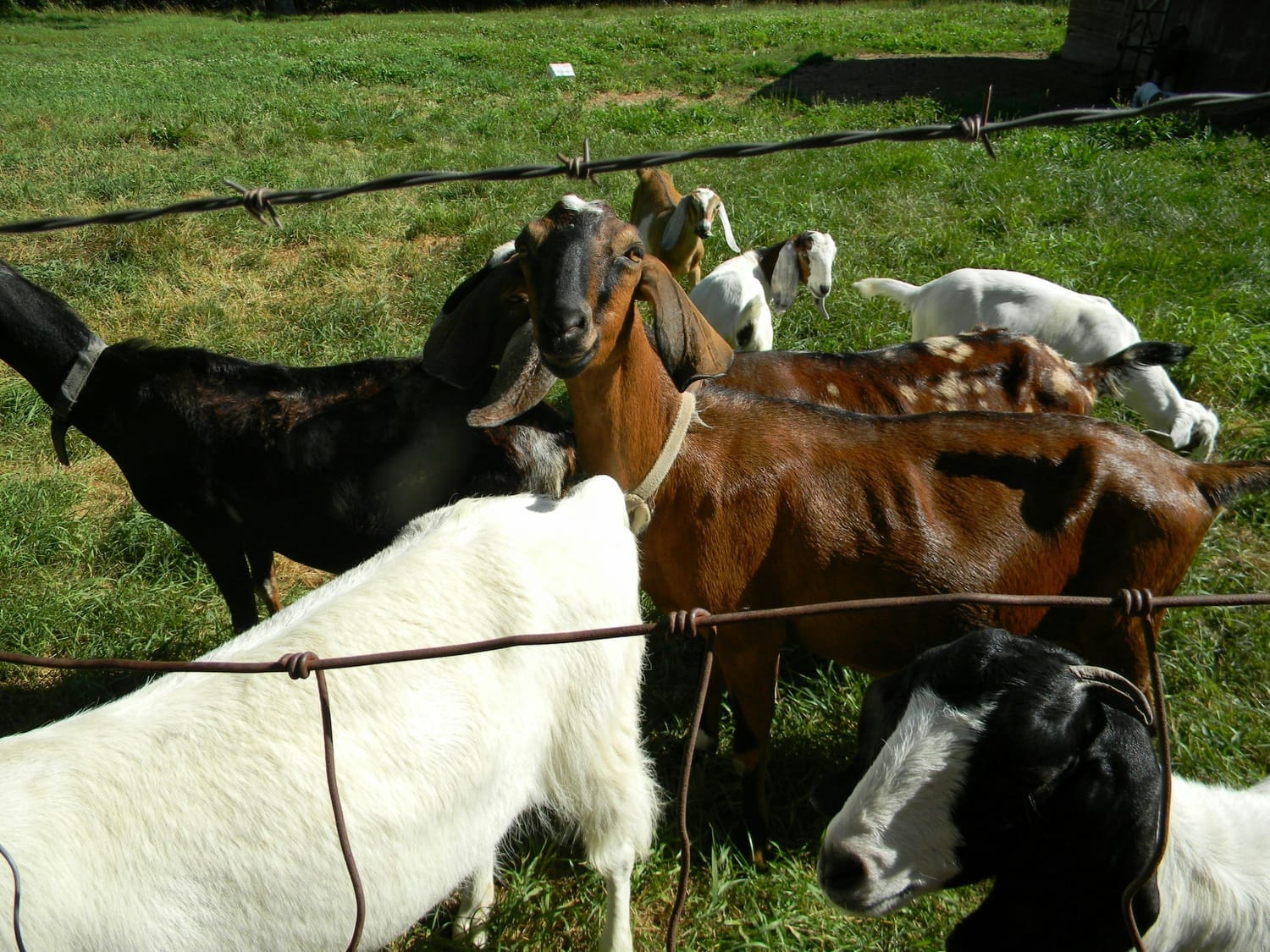
Understanding Parasite Control
Parasites remain the biggest challenge for most goat owners.
Your management practices either help or hurt your herd's ability to fight these invisible enemies. Smart parasite control means working with nature, not against it.
Identifying Common Goat Parasites
Goats face several parasites that can damage their health. Each one shows different warning signs you need to recognize early.
Coccidia mainly affects young kids, causing watery diarrhea and poor growth. These microscopic parasites live in soil and multiply when conditions get wet and warm. Keep bedding dry and clean to reduce exposure for your kids.
Tapeworms show as small white segments in droppings that look like grains of rice. While less dangerous than other parasites, heavy loads can still cause weight loss in growing goats.
Liver flukes become problems in wet pastures where snails live. These parasites cause bottle jaw—a swelling under the chin—and weight loss even when goats eat well. Draining wet areas helps break their life cycle.
Lice cause itching and hair loss, particularly in winter when coats grow thick. Check behind ears and along the topline by parting the hair to spot these tiny pests before they spread through your whole herd.
The Menace of Barber's Pole Worm
Barber's pole worm stands out as the deadliest parasite your goats will face. This blood-sucking worm can kill a healthy goat in weeks without showing obvious signs until it's nearly too late.
Unlike other parasites, barber's pole worm doesn't always cause diarrhea. Your goat might look normal while these worms quietly drain blood from inside. One female worm lays up to 10,000 eggs daily, creating massive infestations quickly.
Warm, wet weather creates perfect conditions for these worms to thrive. Spring and early summer bring the highest risk, but any rainy period followed by warmth can trigger outbreaks.
Mark your calendar to check goats more carefully during these times.
The scientific name—Haemonchus contortus—tells you what makes this worm so dangerous. "Haemonchus" means "blood drinker," and that's exactly what it does inside your goat's stomach, causing deadly anemia if left untreated.
Practicing Effective Goat Management
Good management practices form your first line of defense against parasites. Daily routines and smart pasture planning help keep your herd healthy without constant medication.
FAMACHA and Monitoring Anemia
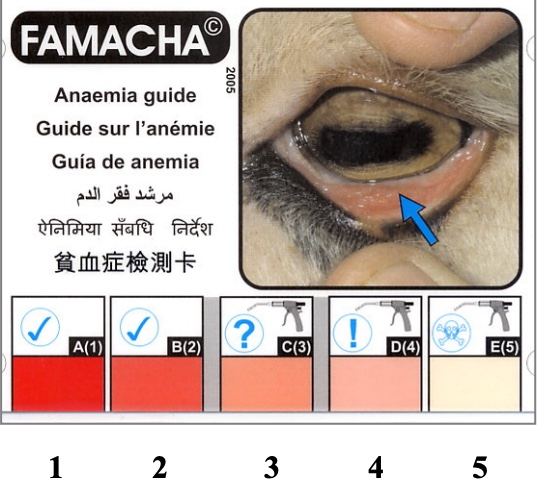
FAMACHA scoring gives you a simple tool to catch barber's pole worm before it becomes deadly. This system checks the color inside your goat's lower eyelid to measure anemia levels.
Print a FAMACHA card from Worm Boss and keep it with your goat supplies. The card shows five color levels from bright red (healthy) to white (emergency). Check each goat monthly during cool weather and weekly during warm, wet periods.
To check properly, stand beside the goat, not in front where they can see you coming. Gently press your thumb above the eye and pull down the lower lid with your index finger. Compare the exposed membrane color to your card right there in the field.
Score each goat individually and track changes over time. Some goats naturally resist parasites better than others. Identifying these resistant animals helps you make smart breeding decisions to build a stronger herd.
Rotational Grazing for Worm Resistance
Rotational grazing breaks the parasite lifecycle better than any medication. Moving goats to fresh pasture before they graze too low stops them from eating worm larvae that climb up grass blades.
The key number to remember: larvae typically climb only the bottom 3 inches of grass. Keep your pasture at least 6 inches tall, and you create a safety zone where goats can graze without picking up new parasites.
Rest each pasture section long enough for larvae to die. This varies by climate—from 30 days in hot, dry areas to 90 days or more in cool, wet regions. Research from UAPB shows that proper rest periods can reduce worm burdens by 90%.
Mix different livestock types when possible. Cattle and horses don't share many of the same parasites as goats, so they "clean" pastures by eating larvae that would infect goats without getting sick themselves.
This multi-species grazing mimics natural systems.
Natural and Chemical Remedies
Finding the right balance between natural methods and conventional treatments keeps your goat herd thriving. Each approach has its place in a complete parasite management program.
Copper Oxide Wire Particles
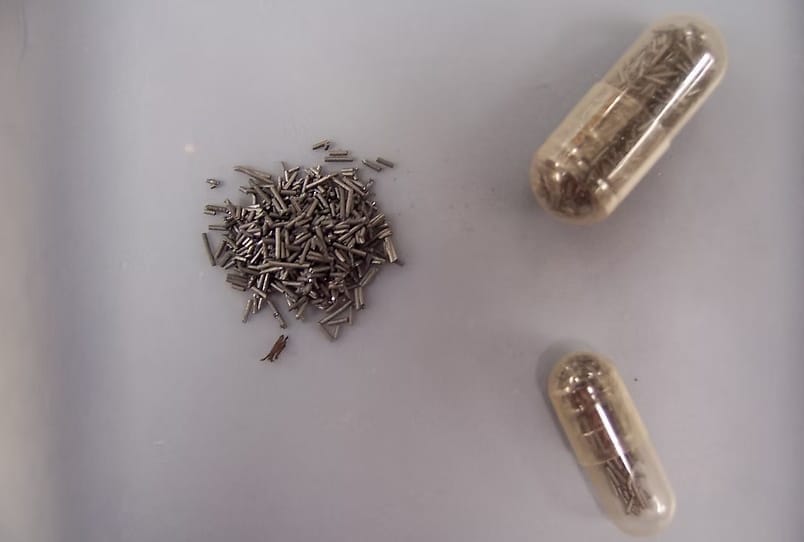
Copper oxide wire particles (COWP) offer a powerful tool against barber's pole worm. These tiny metal fragments damage the worm's ability to feed and reproduce without harming your goat.
COWP works differently than chemical dewormers. Instead of killing worms outright, it weakens them so your goat's immune system can fight back more effectively. Goat Vet Oz reports success using this method with dairy goats.
Dosing varies by goat size—typically 1 gram for kids and 2-4 grams for adults. The particles come in capsules you can hide in treats. Some farmers mix them with a spoonful of peanut butter or press them into a banana slice for easy feeding.
We are going to try the "fairy-bread" method for ours. A slice of white bread with butter and the wire particles sprinkled on top.
Limit COWP treatments to 3-4 times yearly to prevent copper toxicity. This method works best as part of a complete program that includes pasture management and regular monitoring.
When to Use Chemical Drenches
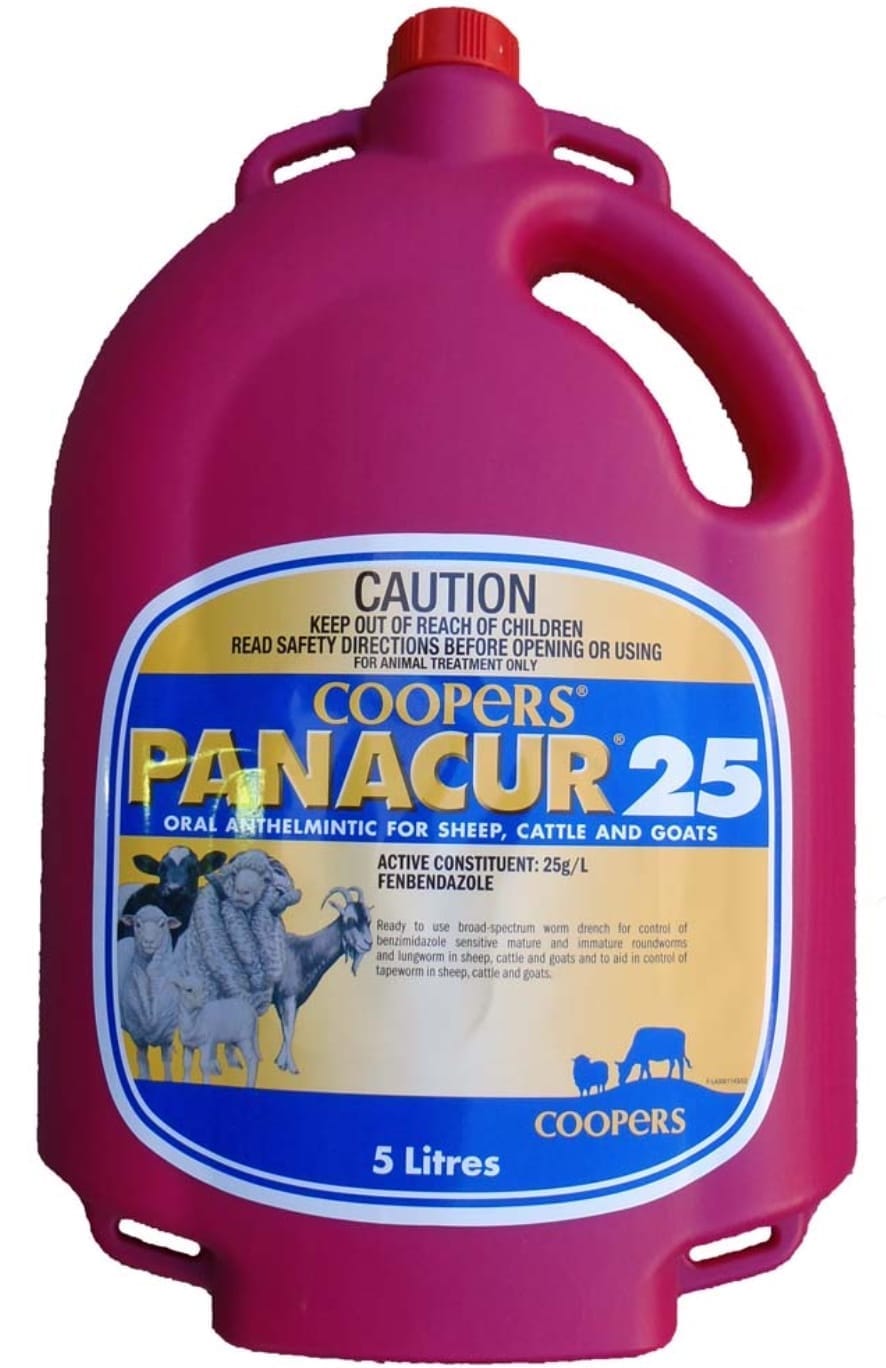
Chemical dewormers still play an important role when used properly. The key word is "properly"—random treatment creates resistant parasites that no medicine can kill.
Test before treating. Fecal egg counts tell you which goats actually need medication. Many vets perform this service, or you can learn to do it yourself with basic equipment. Count eggs under a microscope to guide your treatment decisions.
When a goat shows a FAMACHA score of 4 or 5, you face an emergency that requires immediate action. Research from Alabama Extension confirms that waiting even a few days can mean losing the animal when scores reach this critical level.
Rotate between different dewormer classes to fight resistance. A survey of goat owners found that farms using the same product repeatedly faced treatment failures within three years.
Keep records of which products you use and how well they work.
If you have milking goats remember to double check that the medication is suitable for your goats, as not all are recommended for milkers. Panacur 25 above is the recommended wormer for my area.
Supporting Your Goat's Immune System
A strong immune system helps goats fight parasites naturally. Your management practices can either boost or weaken this natural defense system.
Essential Minerals and Vitamins
Minerals play a crucial role in parasite resistance. Your goats need constant access to properly balanced minerals specific to their needs.
Copper supports overall immune function and helps fight barber's pole worm directly. Most commercial goat minerals contain copper, but amounts vary. Sheep minerals won't work for goats because sheep need much less copper.
Selenium deficiency makes goats more vulnerable to parasites. This mineral varies widely in soils across different regions. Goats in selenium-poor areas need supplements to maintain proper immune function.
Zinc helps repair gut tissue damaged by parasites. Make sure your mineral mix includes adequate zinc, especially for growing kids and pregnant does who need extra amounts to stay healthy.
The gold star for supplements however goes to BioWorma. This is a supplement we use here on the farm to promote health in our milking does and it does more than that.
BioWorma is a natural, biological worm control product that uses a beneficial fungus called Duddingtonia flagrans to reduce worm larvae on your pastures — not inside your goats.
Here’s how it works:
You feed it to your goats — it’s mixed with their regular feed or supplement.
The fungal spores pass harmlessly through the goat’s gut and come out in the manure.
Once in the dung, the spores germinate and grow into tiny fungal traps that capture and kill worm larvae before they can crawl onto the pasture.
That means fewer infective larvae for your goats to re-ingest — effectively breaking the worm’s life cycle.
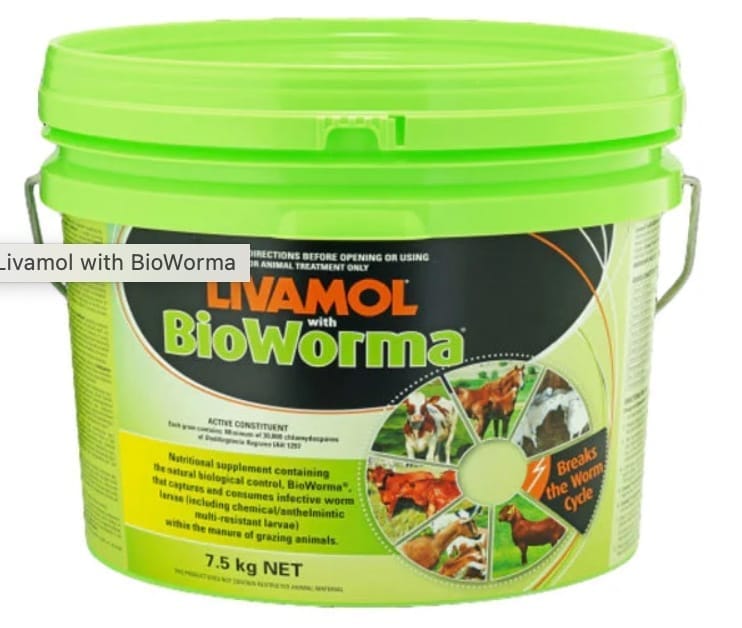
Nutrition and Pasture Management
Barber's pole worm thrives when goats keep grazing the same patch over and over, turning your pasture into a breeding ground for parasites.
Managing nutrition is best done by rotational grazing —it's the frontline defense that breaks the worm's cycle by giving pastures time to rest and clear out larvae.
If hand feeding is necessary then it's vital that feeders holding hay are above ground to discourage eating off the ground. As the goat droppings are always there, and usually higher amounts around feed areas, it is extremely important to reduce your goats feed mixing with droppings.
Still the best method is pasture rotation, as this can protect your goats and keep worm management manageable, especially when every paddock counts.

Breaking the Cycle Through Smart Pasture Management
Pasture rotation is your best weapon against Barber's pole worm.
When goats graze the same area continuously, they're basically eating the larvae that hatched from eggs in their own droppings - it's a never-ending cycle!
By moving your goats to fresh paddocks, you break this cycle and give contaminated areas time to "clean up."
How Long Should Paddocks Rest?
The resting time depends on your climate:
In hot, dry regions: 3-4 weeks may be enough
In cooler, wetter areas: 3-6 months is often needed
This is because larvae survive longer in cool, moist conditions. About 95% of larvae need to die before a paddock is considered "low risk" again.
If you're not sure about your area, check with your local agricultural extension or resources like Worm Boss.
Strategic Grazing Heights
Barber's pole worm larvae live in the bottom 5% of grass.
This means:
Avoid letting goats graze pastures down to the dirt
Paddocks with browse (shrubs and trees) are naturally lower risk since goats eat up high
Move goats before they're forced to graze close to the ground
I've noticed when my goats have access to our black wattle trees and other shrubs, they naturally spend less time grazing at ground level where the larvae hang out.
Creating Low-Risk Paddocks
Some smart strategies to reduce worm pressure:
Rotate with cattle or horses (they don't share the same worms)
Let chickens follow goats to scatter droppings and disrupt the worm lifecycle
Reserve your cleanest paddocks for vulnerable animals like kids, pregnant does, and milkers
My best results have come from having enough paddocks that we can leave areas goat-free for at least 3-4 months.
It's not always easy with limited space, but even dividing existing paddocks with temporary fencing can help.
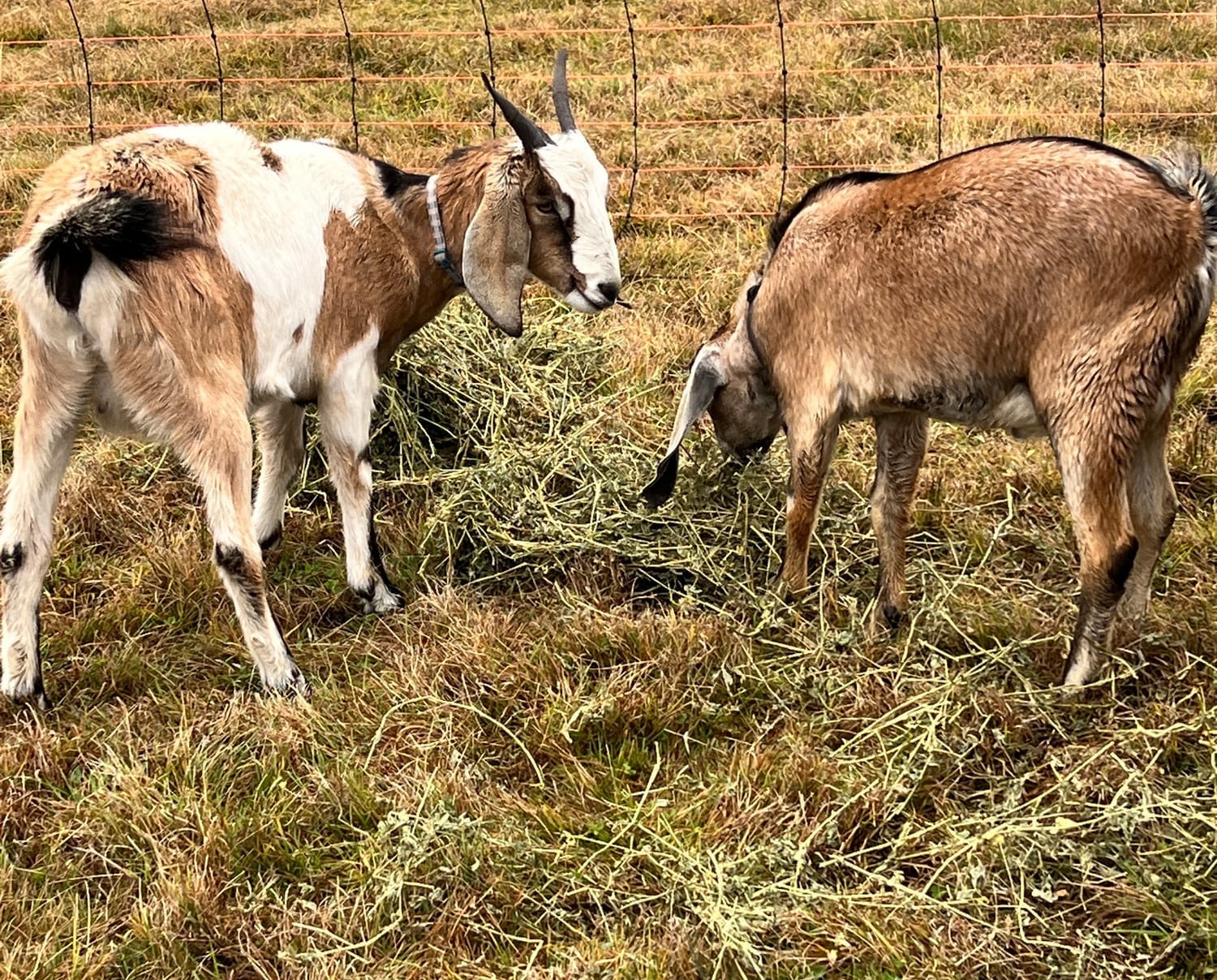
Putting It All Together
Rotational grazing isn't complicated, but it does take planning.
Start by mapping your property and creating a rotation schedule based on your climate. Even if you only have a few paddocks, rotating between them is better than keeping goats in one place year-round.
Remember that pasture rotation works best as part of a complete worm management program that includes:
Regular FAMACHA scoring to check for anemia
Strategic use of dewormers only when needed
Supporting goat health with good nutrition and minerals
I've lost goats to Barber's pole worm in the past, but since implementing serious pasture rotation, our herd has been much healthier.
It takes some extra effort to move fences and shift animals, but it's worth it to break free from the constant worry and expense of dealing with heavy worm loads.
For more expert advice on goat health and parasite management, I highly recommend visiting Dr. Sandra Baxendell's GoatVetOz - she's an incredible resource that even other vets turn to for goat health information.
Conclusion
Smart pasture rotation is your first line of defense against Barber's pole worm.
By giving paddocks adequate rest time, preventing overgrazing, and creating low-risk areas for vulnerable animals, you can dramatically reduce your reliance on chemical dewormers.
The key is consistency - stick with your rotation plan even when it seems like extra work. Your goats will be healthier, you'll spend less on dewormers, and you'll develop a more sustainable farm system.
Remember, every time you move your goats to fresh pasture, you're breaking that worm life cycle and giving your animals the best chance to thrive.
What pasture rotation strategies have worked for you? I'd love to hear about your experiences in the comments!
BY MOJO HOMESTEAD


